
In this blog post: Are you new to the Science of Reading and feeling overwhelmed with how to teach small groups? Are you wondering if guided reading can work with the science of reading or if you need to toss it out completely? Continue reading to find out!
When I first began learning about the Science of Reading, I realized I was going to have to make some big changes in my instruction. Know better, do better.
Honestly, it all felt overwhelming at the beginning!
Making the switch to Science of Reading aligned lesson plans felt like I was tossing out everything I had learned and gotten good at and starting from scratch. It was like being a first year teacher again!
I began to wonder, “Can guided reading work with the Science of Reading?”
If you ask the majority of teachers, the answer would be a resounding NO! That being said, I have a controversial opinion on this, and my answer is… maybe?
Let me explain why I think guided reading can work with the Science of Reading – with a little bit of work.
This blog post contains Amazon affiliate links. As an Amazon affiliate, I earn a small commission on purchases made using these links.
What is guided reading?
When you think of guided reading, you most likely think of small groups based around reading levels. This is traditional guided reading.
Will traditional guided reading work with the Science of Reading? No, it won’t.
Traditional guided reading is based around reading levels that just don’t make sense. Students are asked to read leveled books that contain words that they absolutely cannot decode.
Because of this, guessing strategies – also known as the three-cuing method – are highly promoted. These guessing strategies will most likely be your teaching points in your traditional guided reading lessons.
If you’ve ever taught guided reading in Kindergarten, you know that there is a HUGE jump between guided reading level C and D. Suddenly, those guessing strategies won’t work as the text gets more complex, and students who you thought were strong readers are floundering.
Here is a quick overview of the differences between traditional guided reading and best practices from the Science of Reading:
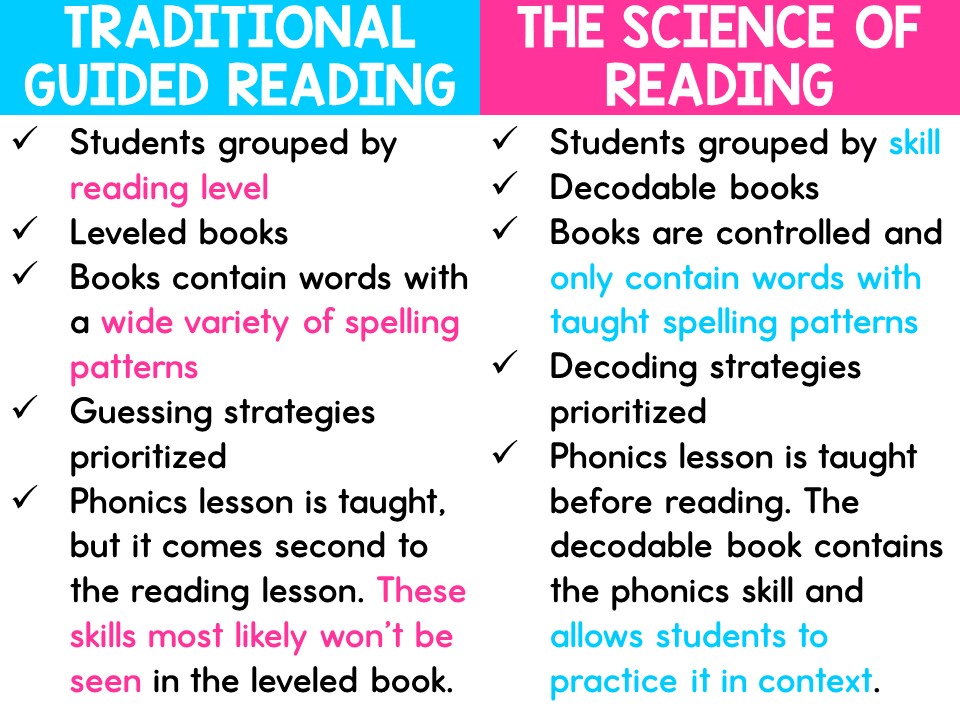
You might be saying, “Those are two completely opposite ideals! They can’t possibly work together. We need to toss guided reading out completely.”
Let me explain why that isn’t true.
Taking back guided reading
While traditional guided reading is not best practice, the term guided reading has become synonymous with reading small groups.
Even if teachers are not following a traditional guided reading lesson, they are often calling their small group time guided reading.
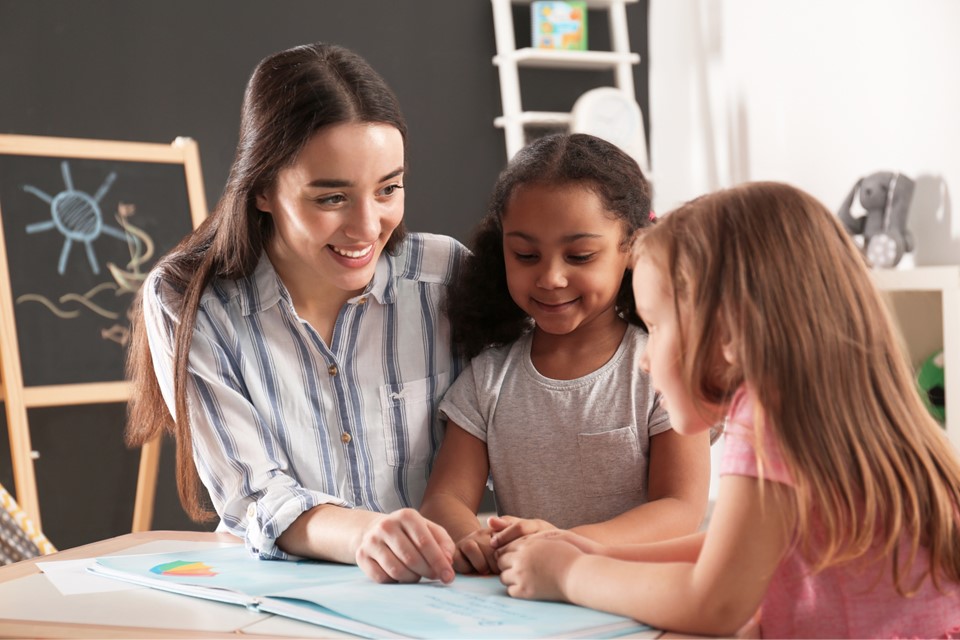
So when teachers hear that guided reading absolutely cannot work with the Science of Reading, it honestly can feel a little scary. What do I do then? Do I still pull small groups? Do I only teach whole group? What do we work on?
In reality, there’s nothing wrong with the formatting of guided reading. It’s the teaching points and tools we have a problem with.
So what if we changed the idea of what guided reading looks like?
If we show teachers how their guided reading groups can align with the Science of Reading, suddenly this huge shift begins to seem possible.
Changes to make
When planning for small groups that align with the Science of Reading, you don’t have to toss out everything you know from teaching guided reading.
In their book Shifting the Balance, authors Burkins and Yates gave some ideas for easy shifts you could make today to move from balanced literacy to structured literacy.
Similarly, there are some easy changes you can make today that will help align your guided reading groups with the Science of Reading.
Let’s take a closer look at those shifts.
1. Swap your level texts for decodable texts
I think that this is the most obvious change you can make to align your guided reading groups with the Science of Reading.
We’re not going to be using leveled books that promote guessing strategies anymore. Instead, we will choose decodable books that scaffold off each other.

Some of the benefits of using decodable books in small groups include:
- They are designed to add phonics skills sequentially and increase in skills as you go on
- Students will get explicit practice on the phonics skills you’re trying to target
- Most words are decodable to students, which means that they can actually read them! Talk about a confidence booster.
Just swapping leveled books for decodable books is not enough, however. You need to make sure that you are choosing the right decodable books.
If you choose decodable books that don’t match up to your teaching scope and sequence and that include phonics skills you haven’t yet taught, well, they aren’t decodable!
You can read more about how to choose the best decodable readers for your class here.

Do you love free stuff?
CVC Decodable Readers
Sign up for my FREE email newsletter and receive five short vowel decodable readers!
2. Change your teaching points
Changing your teaching point is another easy change you can make to align your guided reading groups with the Science of Reading.
Instead of making your teaching point for each lesson a guessing strategy like “check the picture,” swap it for a teaching point or strategy that helps students actually read the words.
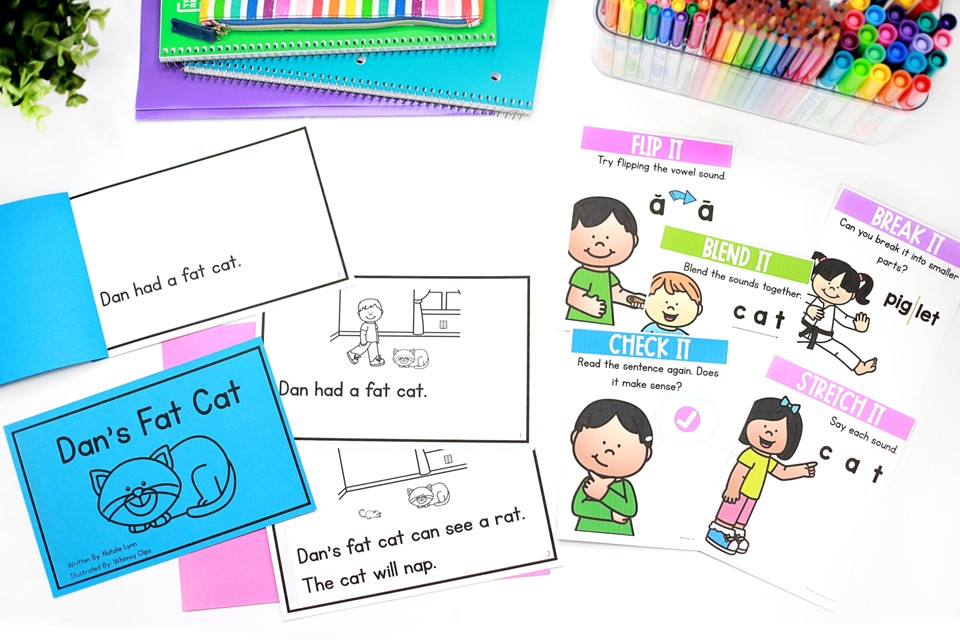
In Kindergarten or 1st grade, these will most likely be phonics-based teaching points such as:
- Teach a specific phonics skill – “Today we will work with CVC words that contain short vowel a”.
- Teach a decoding strategy – breaking the word apart, blending, looking for chunks, etc.
However, it’s a misconception that your Science of Reading small groups should only focus on phonics skills.
Once your students are able to decode and read fluently, your focus can change to comprehension. The science of reading tells us that comprehension is a very important part of the reading rope!
3. Change how you teach high frequency words
In our traditional guided reading groups, we had a whole sight word routine. I would choose one sight word to work on each group time, and we would focus on that word until the majority of students in the group had memorized it.
Decodable books will still have high frequency words, and you can still work on those in your small groups.
What you are going to change to align your guided reading groups with the Science of Reading is how you work on those words.
Instead of using strategies that promote memorizing the shape or letter order of a word, consider using a process that promotes orthographic mapping to help students connect the sounds in the word to the letters.
My favorite way to do this is with the Heart Words method.
4. Change up your guided writing
In our traditional guided reading groups, we always did guided writing on day 2 of the lesson plan. This included writing a simple sentence that was mostly sight words and then one big word. I would expect students to sound out that big word and write as many sounds as they could.
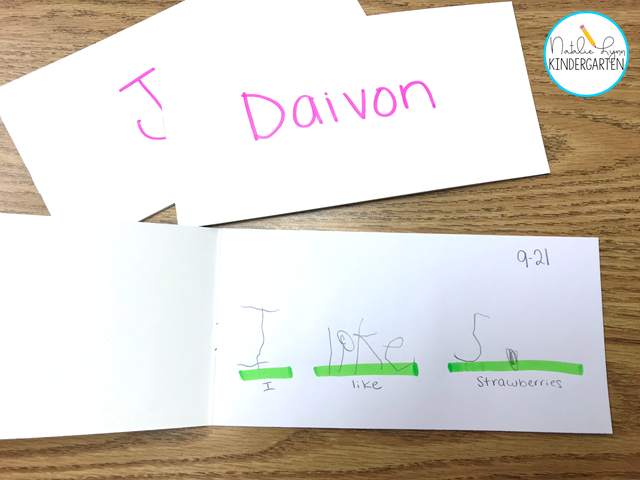
Guided writing is still important! There is just one change you should make to align guided writing in guided reading to the Science of Reading.
Swap the simple sentences for decodable sentences.
You may also hear this called dictated sentences. You will dictate a decodable sentence to students, and they will write it.
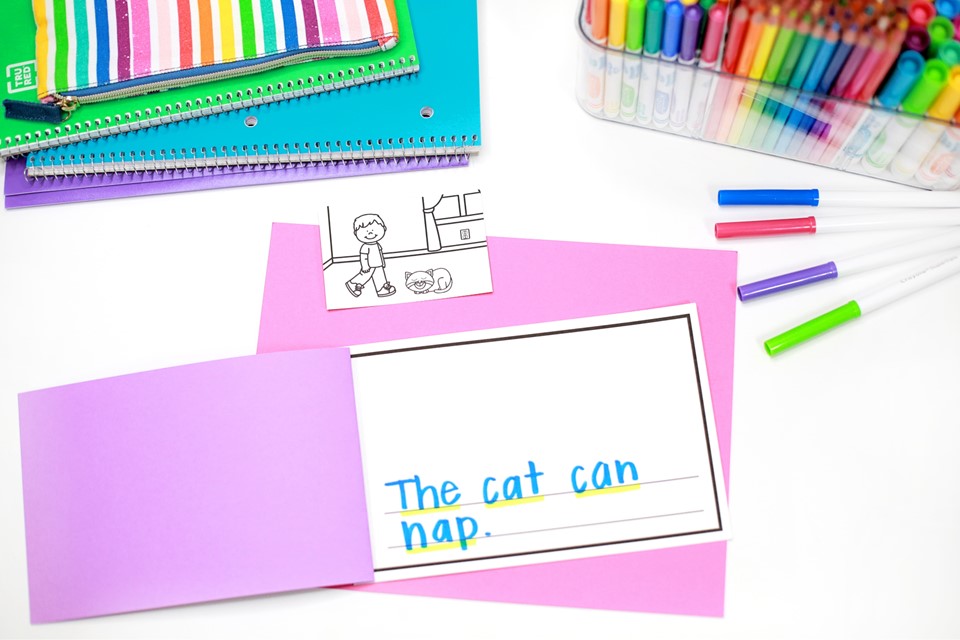
This is a great way to assess where students are with the phonics skill – they can decode the words, but are they making that connection to their writing yet?
For my beginning writers in Kindergarten, I dictate simple decodable sentences that contain multiple words with the target phonics skill.
For example, if we are working on short vowel e, my sentence might be: Ted had a pet hen.
That sentence is short because it would be for early readers, but it hits the skill multiple times and reviews the previously taught short vowel a.
As students become more confident in their writing and progress through the phonics skills, the sentences can become longer and more complex.
This is also when you can switch to writing about the story.
In my more advanced guided reading groups, I will have students write about the story. They can write to retell what happened, write about the problem and solution, or write facts they learned.
This type of guided writing is powerful for two reasons:
- It works on comprehension of the story
- Students will naturally be working on encoding words because they are writing about a decodable book. They will have to write those phonics words to retell the story.
So what should guided reading look like?
So now you know what changes you should make to align your guided reading groups with the Science of Reading. But what will your small group actually look like?
Let me lay it out for you.
Teaching Point
First, you will hit the teaching point. In your Science of Reading small groups, this will most likely be a phonics mini lesson.
I like to keep this part short and sweet. I introduce the phonics skill and we work together finding the spelling pattern in a few words and decoding them.
Then we practice blending.
I choose a few words that students will see in the story and that contain the phonics skill we just talked about.
Students practice saying the sounds and then blending those words together.
Then, I use a few of those words to write a decodable sentence on a sentence strip. Students read that sentence a few times through for fluency.
This just gets their brain ready to do the same thing as they read!
On day two of the lesson plan, students will work with a blending sheet for fluency.
Introduce Vocabulary
Just like with leveled books, decodable texts most likely have some vocabulary words that are new to students. If I know that a word might be new for students, we will introduce it before reading.
For example, when we are learning about the digraph sh, we learn the vocabulary word shim.
This isn’t a word that we use in everyday conversation most likely, but you will probably see it in your decodable books!
Read the Book
Now students get to read the decodable book independently. They will whisper read to themselves while I listen to each student and take notes.
If a student gets stuck, I can prompt them with a strategy to try. I will also make note to reteach that skill.
When choosing decodable books for your guided reading groups, you will want to decide if you want books with or without pictures. I prefer without pictures because it forces students to focus completely on the words.
Discuss the Book
Just because our main teaching point is a phonics skill, doesn’t mean we can’t work on comprehension as well! We have a two-day lesson plan for each lesson and book.
On day one, students use the pictures from the story to retell the story. They glue them on the correct page of their decodable reader.
This requires them to truly think about what the text said in order to match the pictures!
On day two, we discuss the story and students answer questions about the text.
We ask recall-type questions and ask students to retell parts of the story. I also ask students to make connections or infer. For example, if a story had a child who found a stray dog, I might ask: What would you do if you found a stray dog? How would you feel if they owner came to get the dog?
Encoding and Guided Writing
Now that students have practiced decoding and reading words with the phonics skill, it’s time to use them in writing.
On day one of our small groups, we practice encoding words using the orthographic mapping process.
Students tap the words, map the sounds, and then graph the sounds (graph means to write).
On day one it is all about working with individual words.
On day two, we do our guided writing routine. This is where I will dictate a sentence for students to write or ask them to write about the story.
Getting Started
You might be thinking, That science of reading lesson plan sounds remarkably similar to my traditional guided reading lessons.
Yes! That’s the point. You don’t have to throw out the guided reading structure you’ve known and become comfortable with for years.
Rather, it’s time to change what guided reading means to us and what we make the “meat” of our lessons.
I know that this was a controversial opinion (and some of you are probably ready to throw rotten tomatoes), but I hope it helped you see another point of view. The idea of guided reading isn’t inherently bad. It all comes down to how we define it and what we do with that time.
Science of Reading Curriculum
Are you looking for a resource that will help you take that guided reading structure and align it with the Science of Reading? I designed my Science of Reading Curriculum to take the structure that you know and are comfortable with and make it more effective.
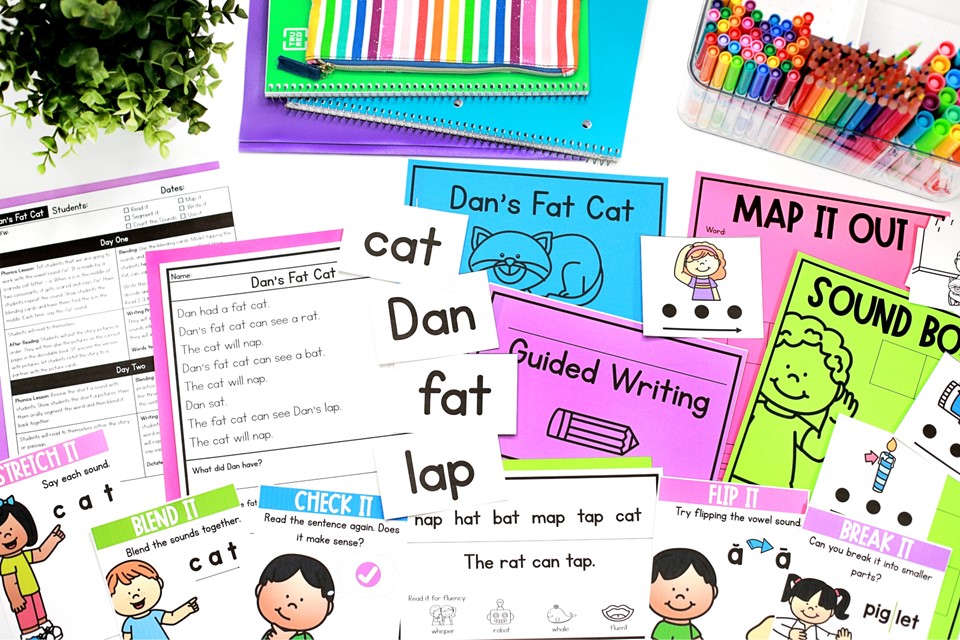
The Science of Reading Curriculum has everything you need ready to go including:
- Print and go lesson plans
- 211 decodable readers
- A systematic phonics scope and sequence
- Phonics lesson materials
- Decodable passages
- Blending and fluency pages
- Guided writing
- Anchor charts and posters
If you’re not quite sure where to start aligning your guided reading groups with the Science of Reading, this curriculum makes it simple.
Grab the Science of Reading Curriculum for 70% off here!
Want to learn more about the Science of Reading? Check out these blog posts:
- What is the Science of Reading?
- What does a prereaders small group lesson plan look like?
- What should you include in your structured literacy lesson plans?
- How to teach heart words
- How to choose the best decodable readers for your class
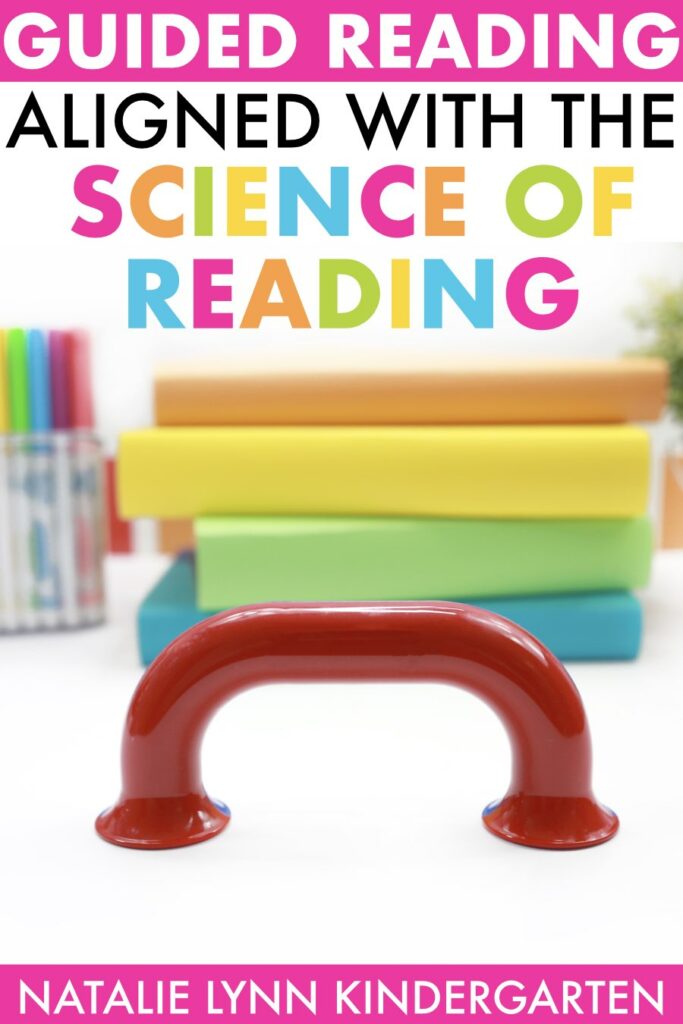

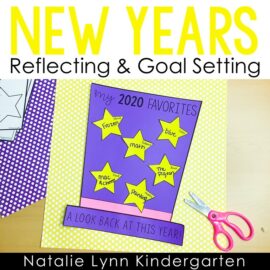
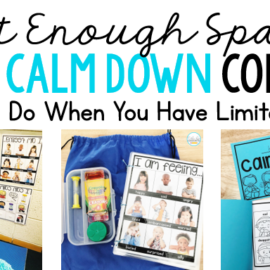
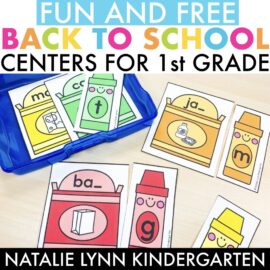

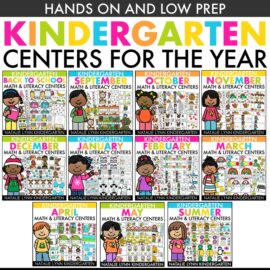
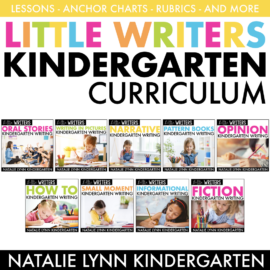
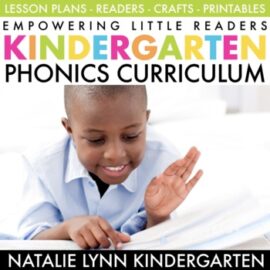
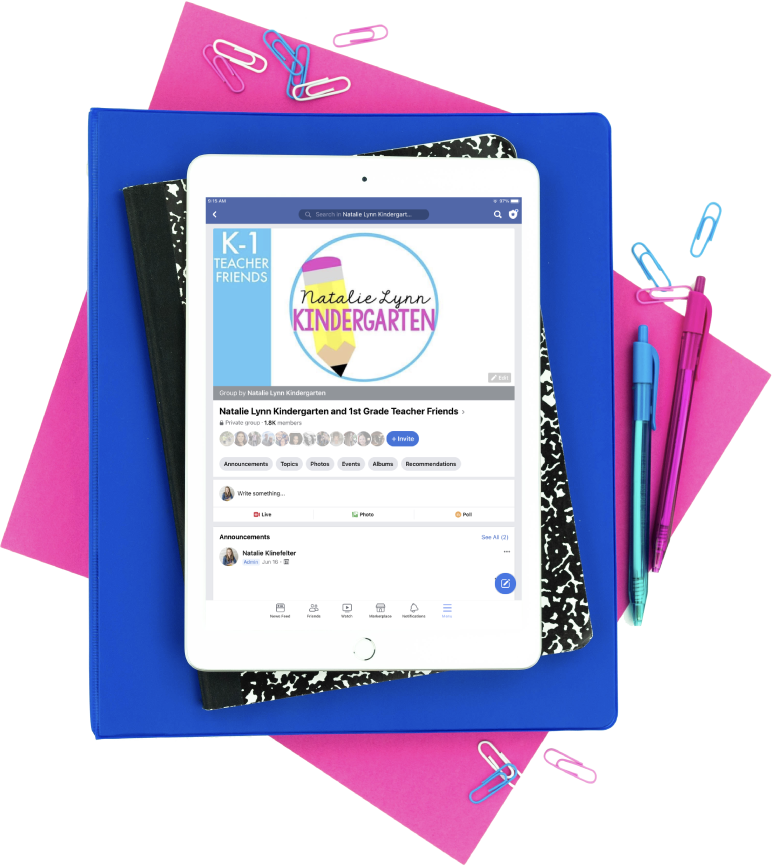

This is one of the best, easy to read articles I’ve read on making the switch. On point! This is not just for Kinder! All grade levels can benefit from your wise words! Thank you so much!
Thank you. This has been my thinking all along.